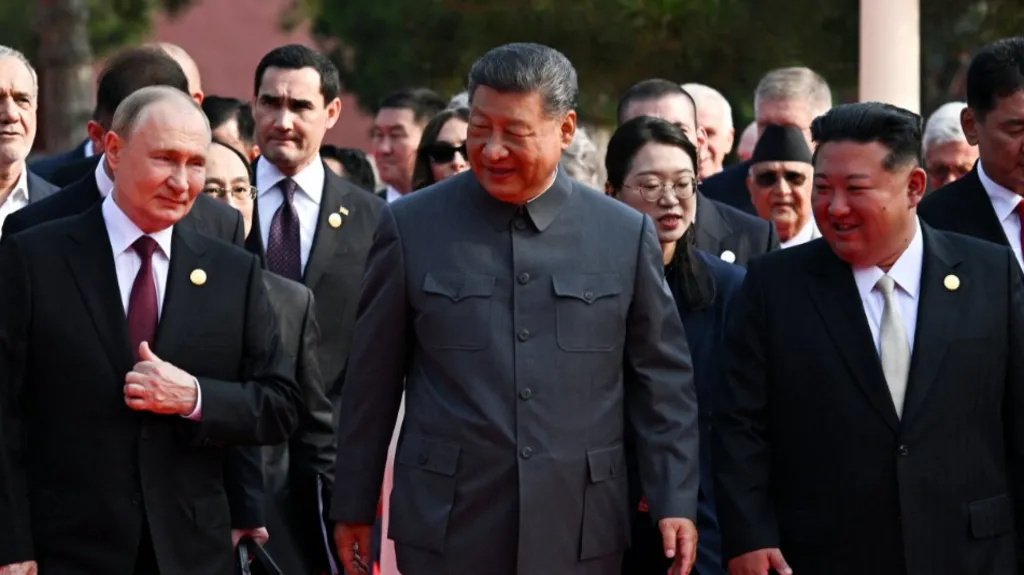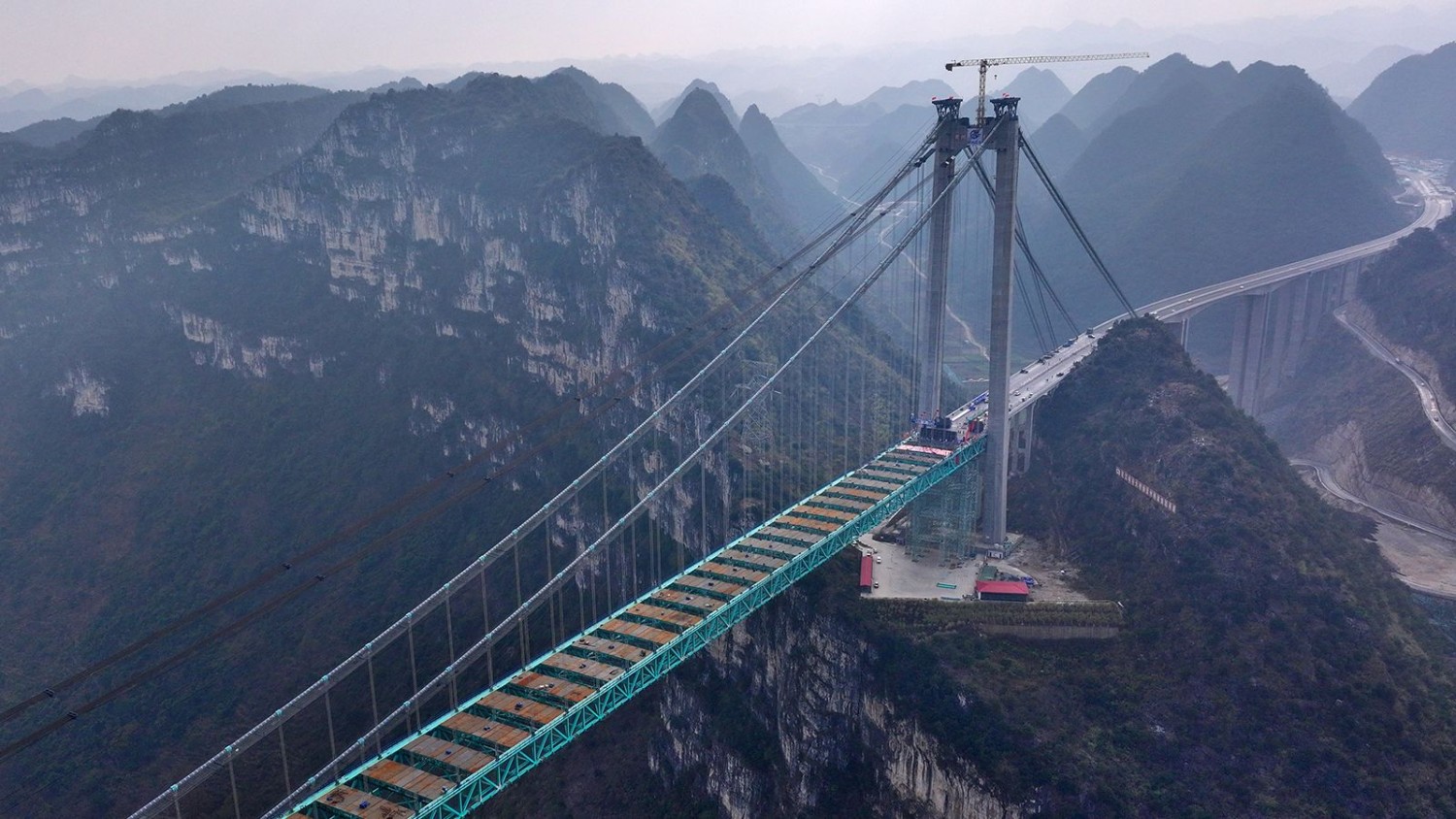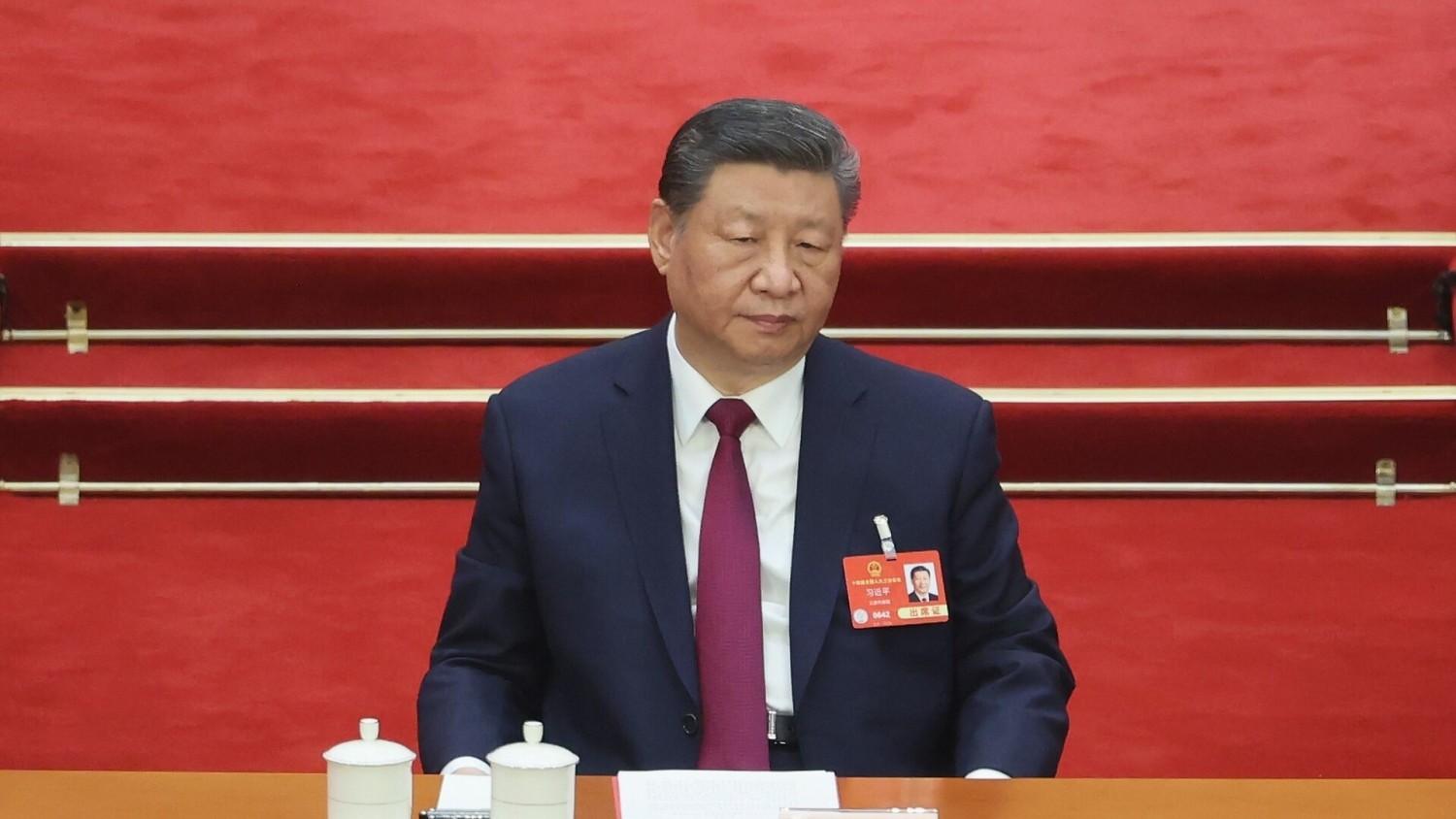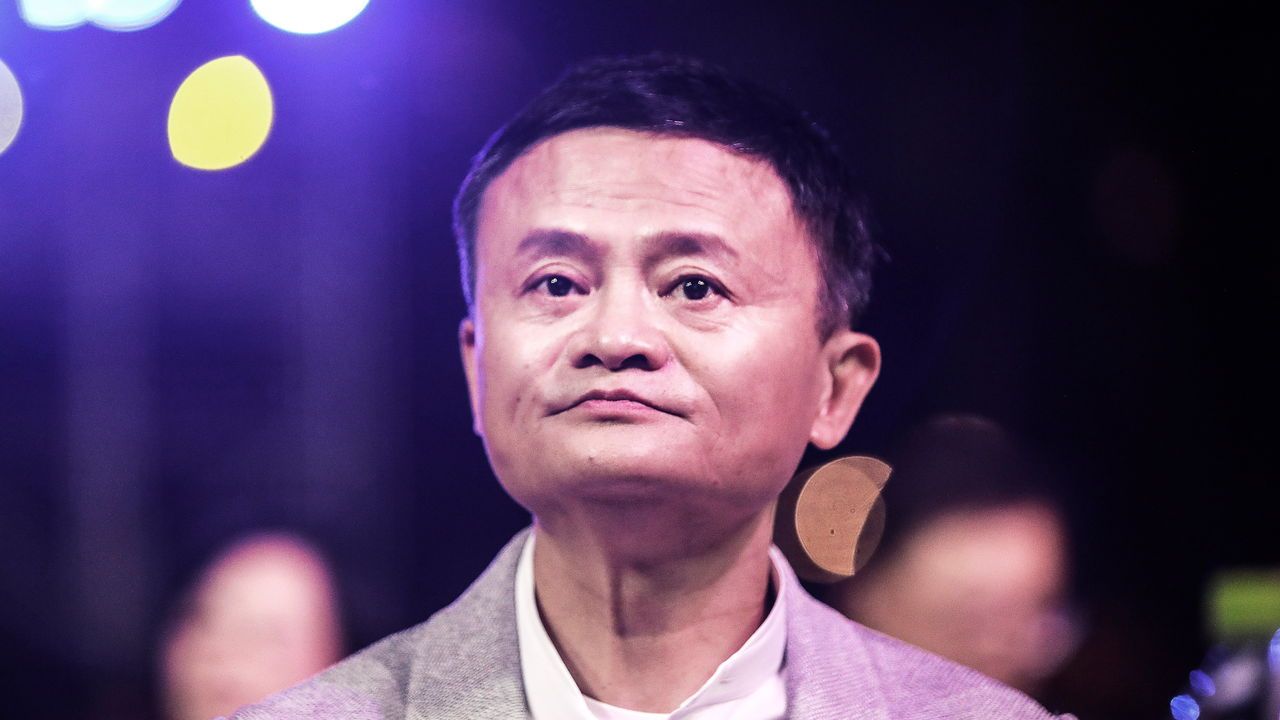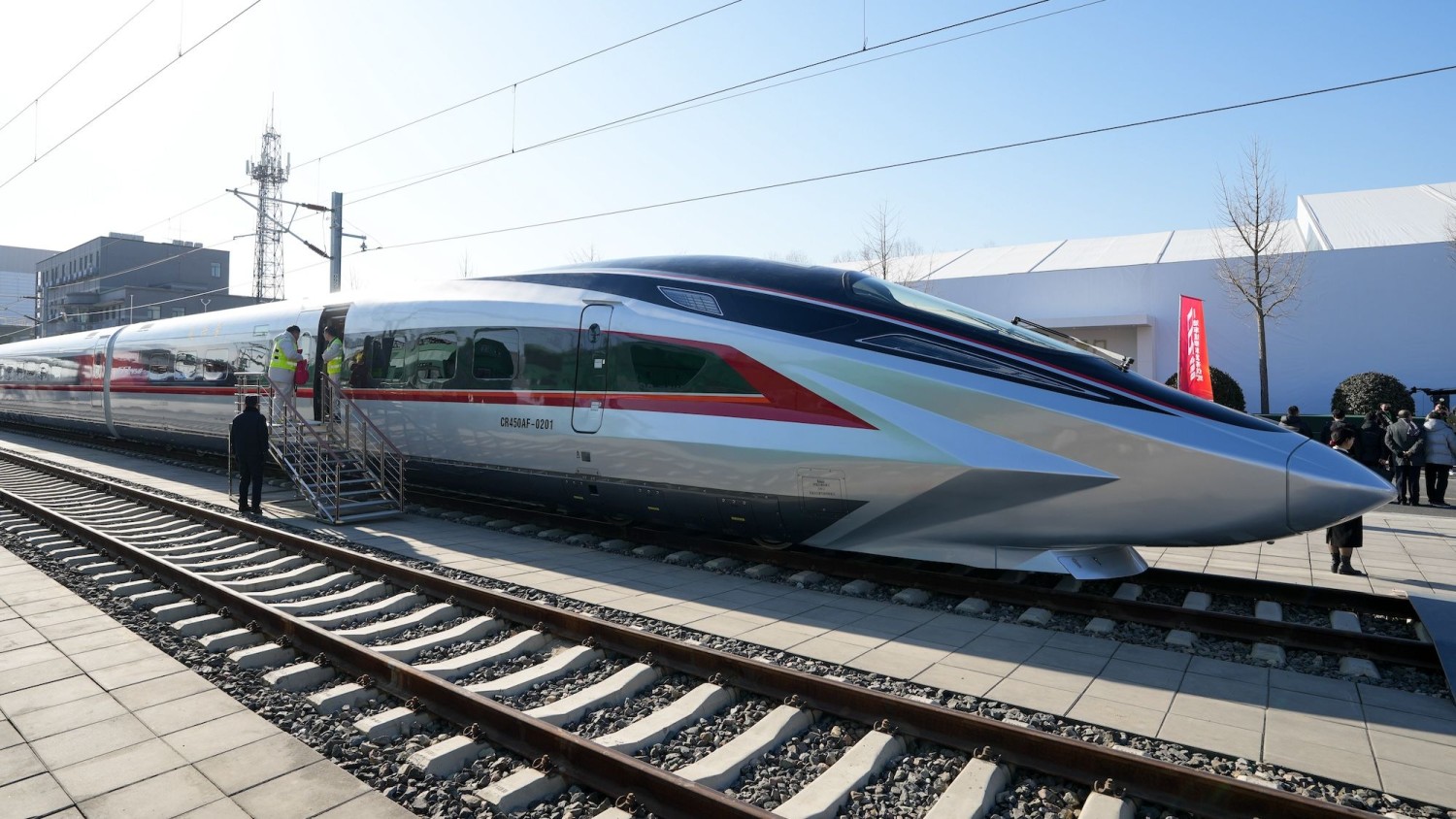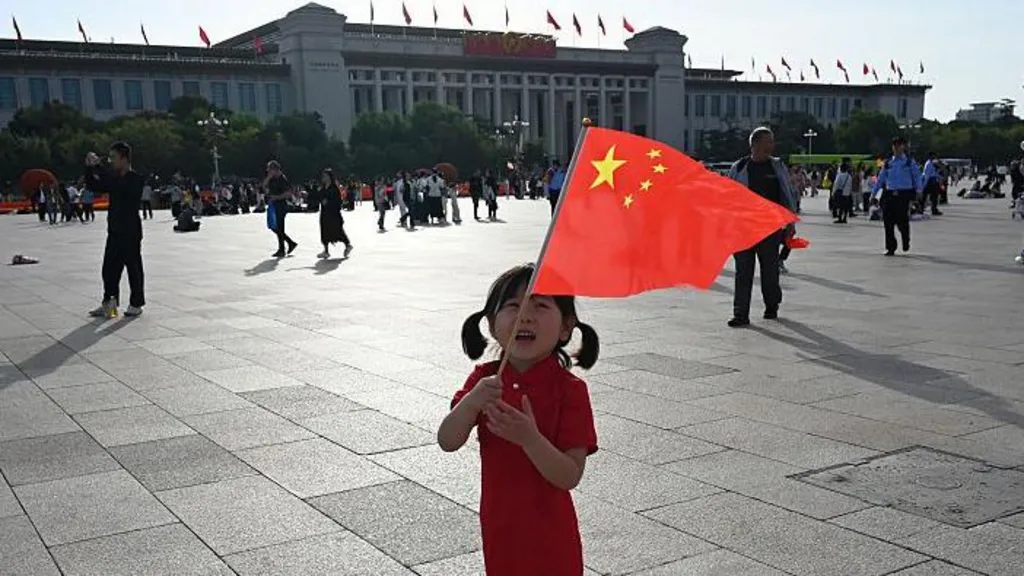
This article is more than
6 year old‘Sink two aircraft carriers’: Chinese Admiral’s chilling recipe to dominate the South China Sea

They’re the pride of the US fleet: enormous 100,000 tonne, 333m long nuclear-powered aircraft carriers. But Beijing thinks they’re Washington’s achilles heel.
Rear Admiral Lou Yuan has told an audience in Shenzhen that the ongoing disputes over the ownership of the East and South China Seas could be resolved by sinking two US super carriers.
Taiwan’s Central News Agency (CNA) reports Admiral Lou gave a wide-ranging speech on the state of Sino-US relations. The high-profile, hawkish military commentator reportedly declared the current trade spat was “definitely not simply friction over economics and trade,” but was instead a “prime strategic issue”.
RELATED: China’s island fortresses ‘impossible’ to defeat
His speech, delivered on December 20 to the 2018 Military Industry List summit, declared that China’s new and highly capable anti-ship ballistic and cruise missiles were more than capable of hitting US carriers, despite them being at the centre of a ‘bubble’ of defensive escorts.
“What the United States fears the most is taking casualties,” Admiral Lou declared.
He said the loss of one super carrier would cost the US the lives of 5000 service men and women. Sinking two would double that toll.
“We’ll see how frightened America is.”

FIGHTING WORDS
Rear Admiral Lou Yuan is deputy head of the Chinese Academy of Military Sciences.
In his speech, he said there were ‘five cornerstones of the United States’ open to exploitation: their military, their money, their talent, their voting system — and their fear of adversaries.
Admiral Lou, who holds an academic military rank — not a service role — said China should “use its strength to attack the enemy’s shortcomings. Attack wherever the enemy is afraid of being hit. Wherever the enemy is weak …”
It’s not the controversial commentator’s first aggressive outburst.
And its part of a steadily escalating war of words between the two nations.
Earlier in December, the Chinese state-run Global Times published the views of a panel of such ‘military commentators’ concerning Beijing’s sovereignty claims over Taiwan and the East and South China Seas.
“If the US naval fleet dares to stop in Taiwan, it is time for the People’s Liberation Army to deploy troops to promote national unity on (invade) the island,” Admiral Lou said.

“Achieving China’s complete unity is a necessary requirement. The achievement of the past 40 years of reform and opening-up has given us the capability and confidence to safeguard our sovereignty. Those who are trying to stir up trouble in the South China Sea and Taiwan should be careful about their future.”
SPECIAL REPORT: China’s exploding military might
It was just one of a string of similarly hawkish views.
“The PLA is capable of taking over Taiwan within 100 hours with only a few dozen casualties,” said retired lieutenant general Wang Hongguang. “2018 is a year of turmoil for Taiwan, and a possible military conflict may take place in Taiwan soon. (But) As long as the US doesn’t attack China-built islands and reefs in the South China Sea, no war will take place in the area.”
Beijing has annexed several reefs in the South China Sea, engaging in an enormous geo-engineering project to build artificial islands upon which it has placed heavily fortified airfields and ports.

STEEL DINOSAURS?
The United States’ enormous aircraft carriers are considered the centrepieces of its navy and highly visible embodiments of that nation’s power.
At $US8.5 billion ($A12 billion) each, they’re also a huge economic investment.
And questions have been growing over their continued relevance to modern warfare.
As with the ‘gunboat diplomacy’ of huge armoured and heavily gunned battleships before World War II, some military analysts technological advances have made these ships obsolete.
Once, aircraft carriers were able to project military might (through their aircraft) while unseen and outside the reach of defences.
Now, with modern satellite and over-the-horizon radar systems, they can no longer rely upon being unseen. And land-based missiles potentially out-reach their aircraft — forcing carriers to move into ‘danger zones’ before they can be effective.
SPECIAL REPORT: How hypersonic weapons will change warfare forever
But heavily networked radars, decoys and antimissile systems aboard the aircraft carriers themselves and their escorts are believed capable of warding off attacks from current-generation missiles.
However, both China and Russia have claimed they are rapidly bringing into service a new generation of hypersonic weapons which simply move too fast to counteract.

